Timeless Elegance of Natural Stone Flooring
Natural stone flooring brings organic beauty and durability to kitchens. Granite offers exceptional hardness and stain resistance, which is ideal for high-traffic cooking areas. Marble provides classic sophistication with its distinctive veining, though it requires more maintenance. Slate delivers rustic charm with natural cleft textures that hide wear. Limestone creates a softer, European-inspired look but needs regular sealing. Each stone type develops a unique patina over time, adding character. The natural variations in color and pattern ensure no two stone floors look identical. These materials work particularly well in homes seeking a connection to nature through design.
Practical Benefits of Stone Floors
Stone kitchen flooring offers several functional advantages beyond aesthetics. The dense material resists scratches from dropped utensils or pet claws. Properly sealed stone repels spills and stains from cooking ingredients. The thermal mass helps regulate kitchen temperatures, staying cool in summer. Stone’s natural hardness prevents dents from heavy appliances or furniture. Many types withstand decades of use when properly maintained. The non-porous surface inhibits bacterial growth, supporting food safety. These qualities make stone a practical choice for busy kitchens despite the higher initial investment.
Maintenance Requirements by Stone Type
Different stone varieties demand specific care routines. Granite needs annual sealing to maintain its protective barrier. Marble requires immediate cleanup of acidic spills to prevent etching. Slate’s textured surface benefits from occasional deep cleaning to remove grime. Limestone demands pH-neutral cleaners to avoid damaging its softer surface. All stone floors need regular sweeping to prevent abrasive dirt buildup. Using rugs in high-traffic areas reduces wear patterns. With proper maintenance, stone floors can last generations while developing a beautiful, lived-in character.
Design Pairings for Stone Floors
Stone flooring complements various kitchen styles when paired thoughtfully. Rustic kitchens shine with tumbled stone tiles and exposed wood beams. Modern spaces benefit from polished large-format stone slabs. Traditional designs work well with patterned stone mosaics. The natural material balances sleek cabinetry in contemporary kitchens. Stone’s neutral palette allows bold cabinet colors or metallic accents to stand out. Many homeowners continue the stone flooring into adjacent dining areas for seamless flow. These design strategies help integrate stone floors harmoniously into the overall kitchen aesthetic.
Cost Considerations and Alternatives
Natural stone flooring spans a wide price range based on material and origin. Locally quarried stone typically costs less than imported varieties. Large-format tiles reduce installation labor compared to small mosaics. Some homeowners opt for stone-look porcelain tiles that mimic the appearance at lower cost. Another budget-friendly approach uses stone selectively as accents rather than full-floor coverage. While the initial investment exceeds many options, stone’s longevity often makes it cost-effective over decades. The timeless appeal and durability justify the premium for many homeowners seeking a permanent, high-quality flooring solution.
Images about Stone Kitchen Flooring Options
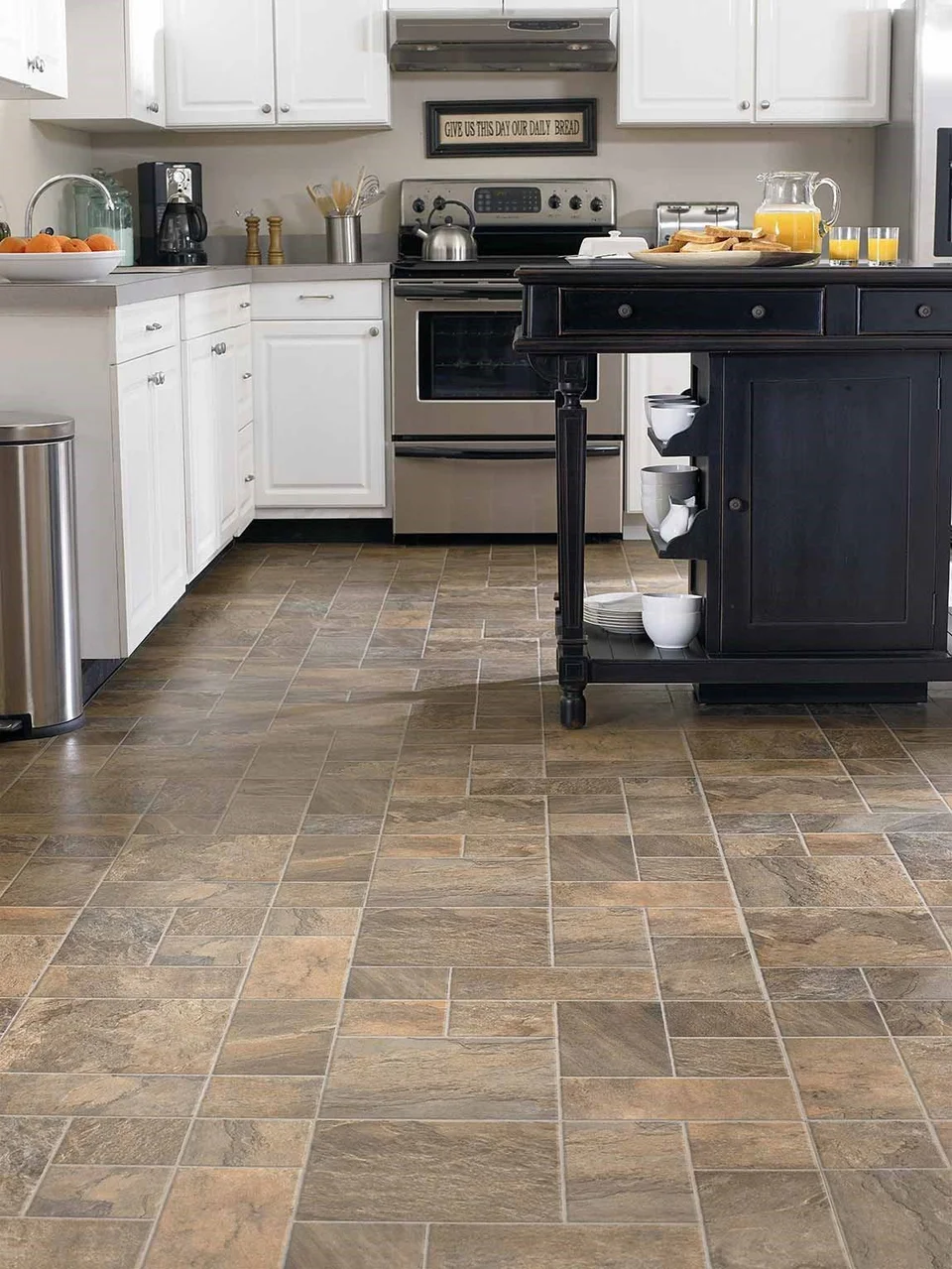
Best Stone Floors For Kitchens

What Is Natural Stone Flooring? Types, Pros & Cons
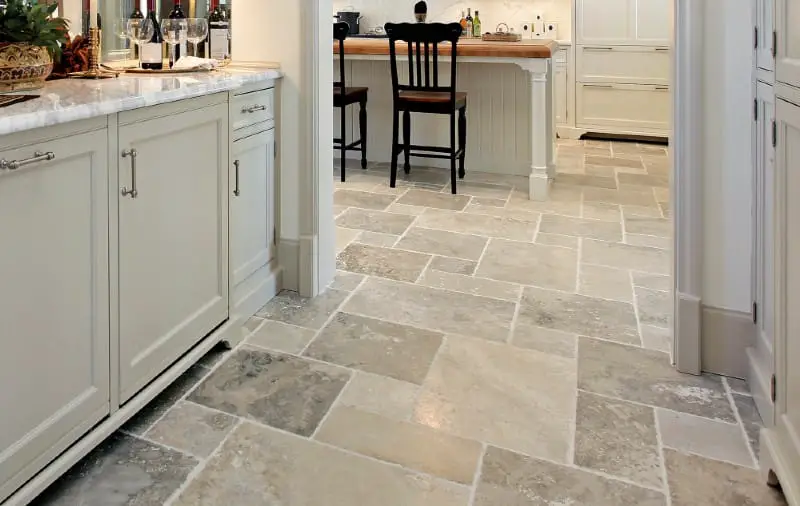
Stone Flooring Ideas With Pros And Cons
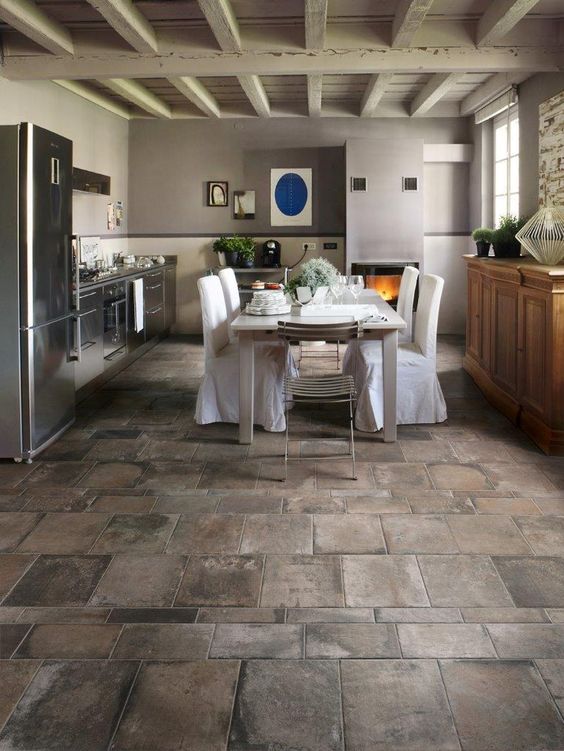
Stone Flooring Ideas
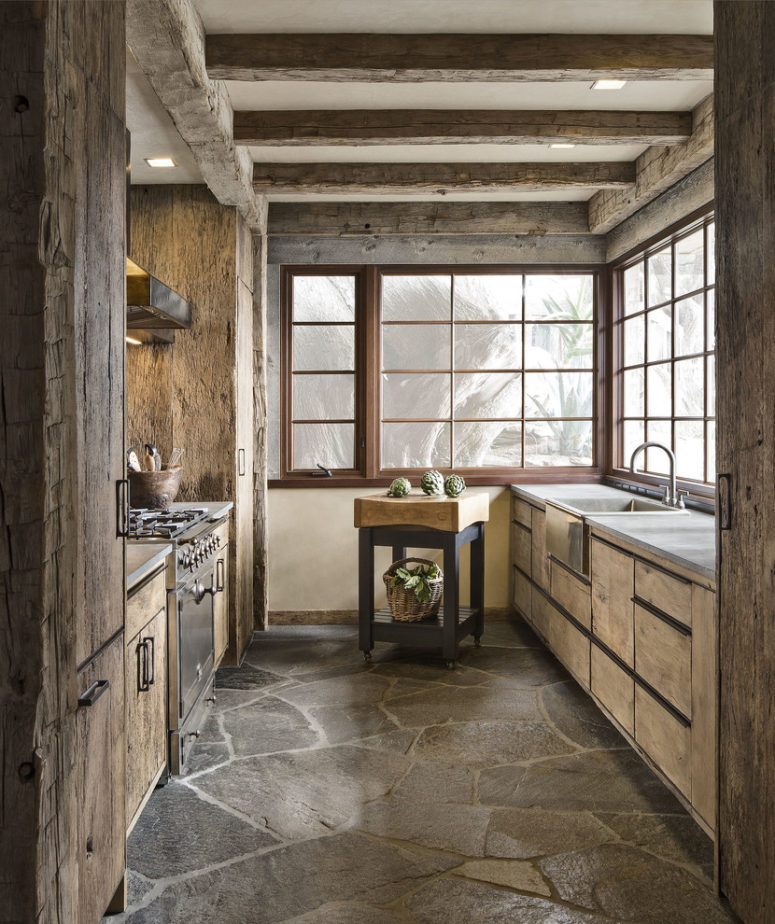
Our tips for selecting stone kitchen flooring for your project
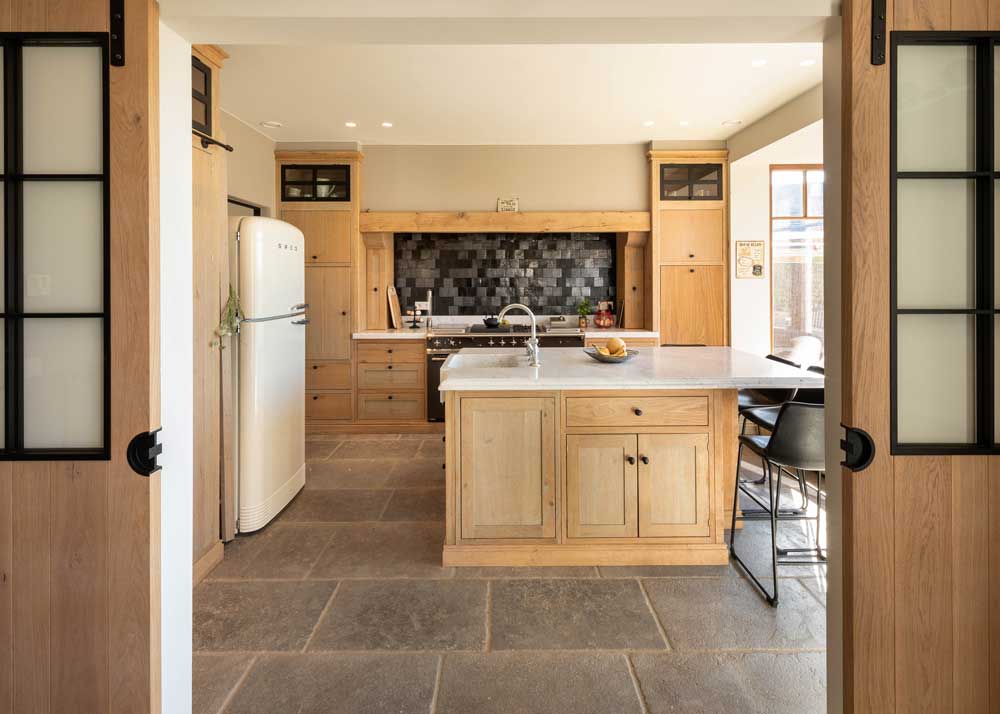
Best flooring for kitchens: How to choose the right material
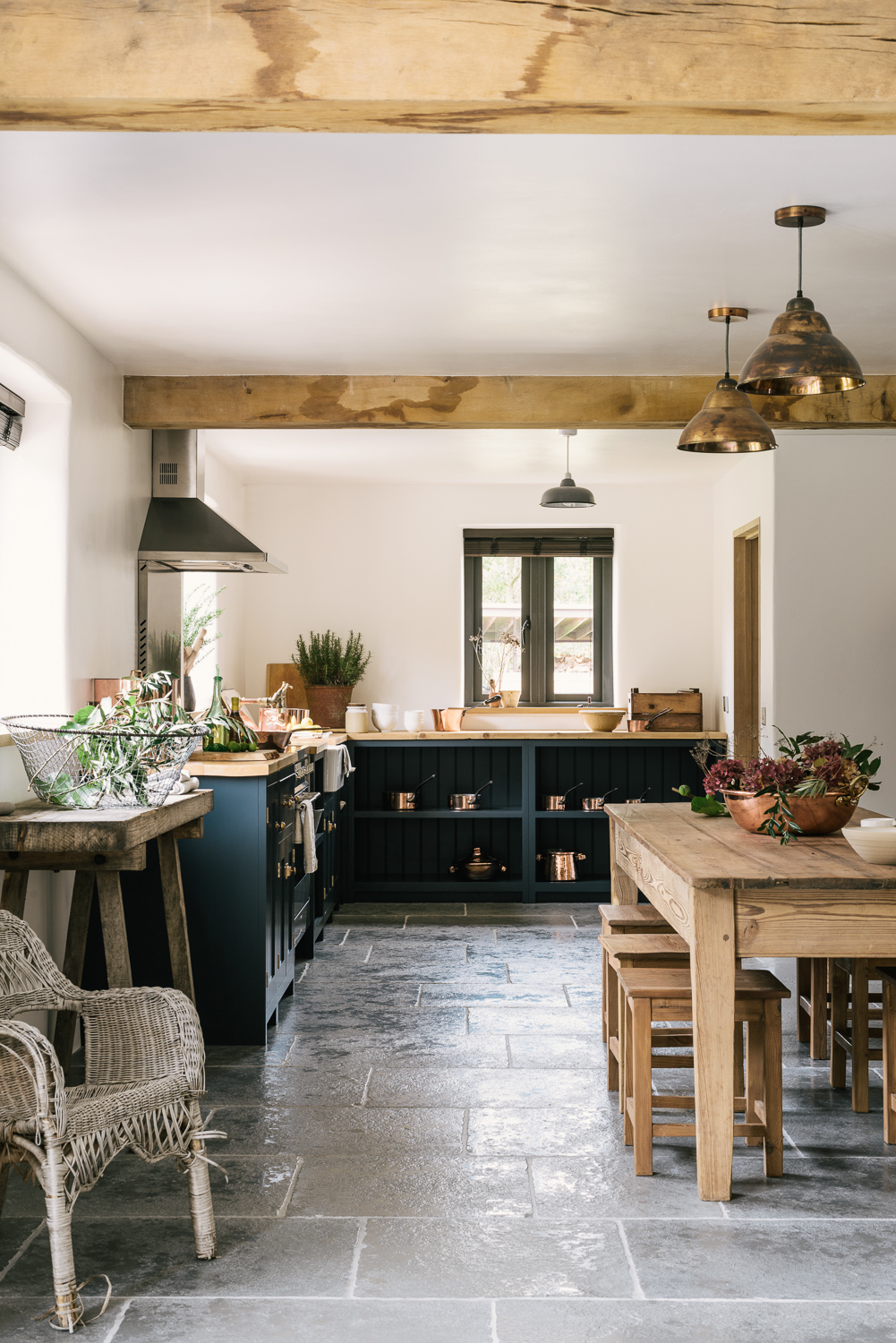
What Is Natural Stone Flooring? Types, Pros u0026 Cons, Cleaning
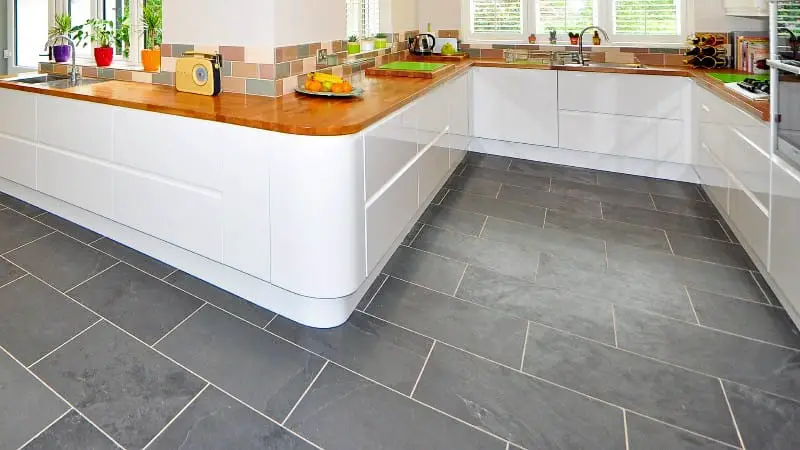
Limestone is proving more and more popular for a stone kitchen floor
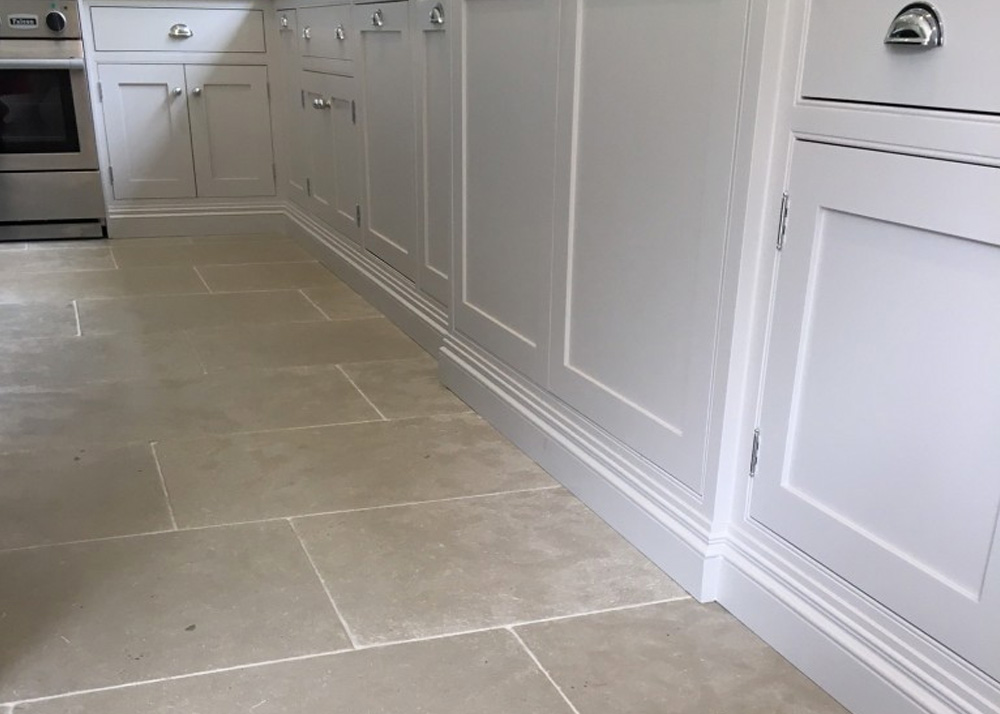
Natural Stone vs. Ceramic Tile Best Pick Reports

Which Kitchen Floors are the Most Durable?

Stone Flooring Ideas With Pros And Cons
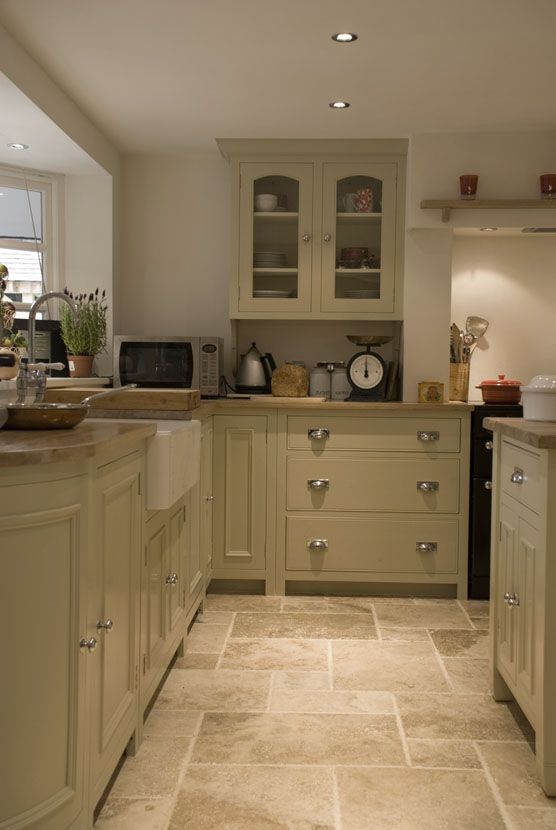
Natural Stone Tile or Porcelain Lookalike?
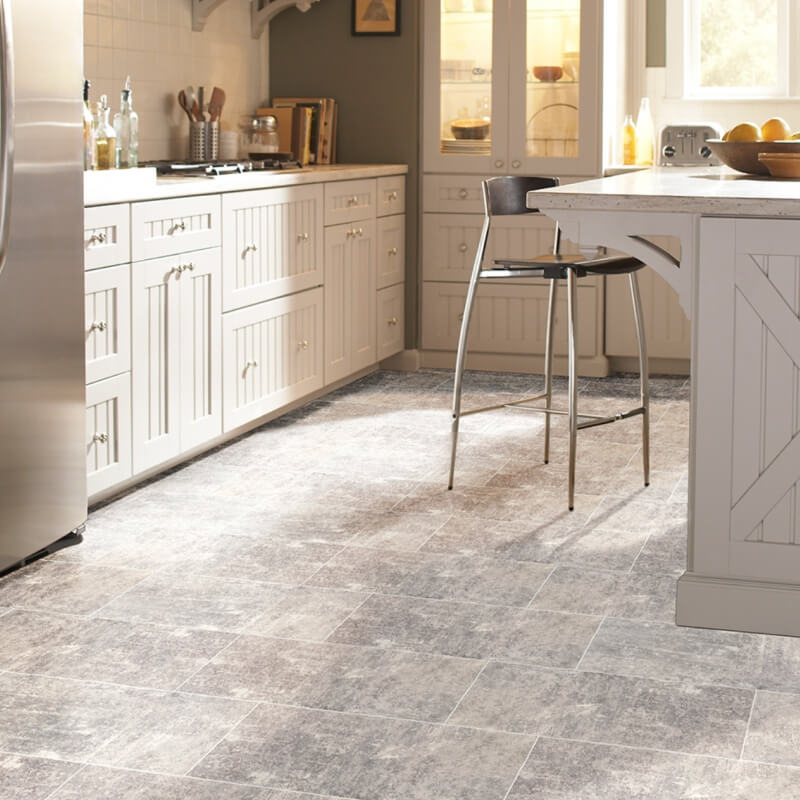
Related Posts: